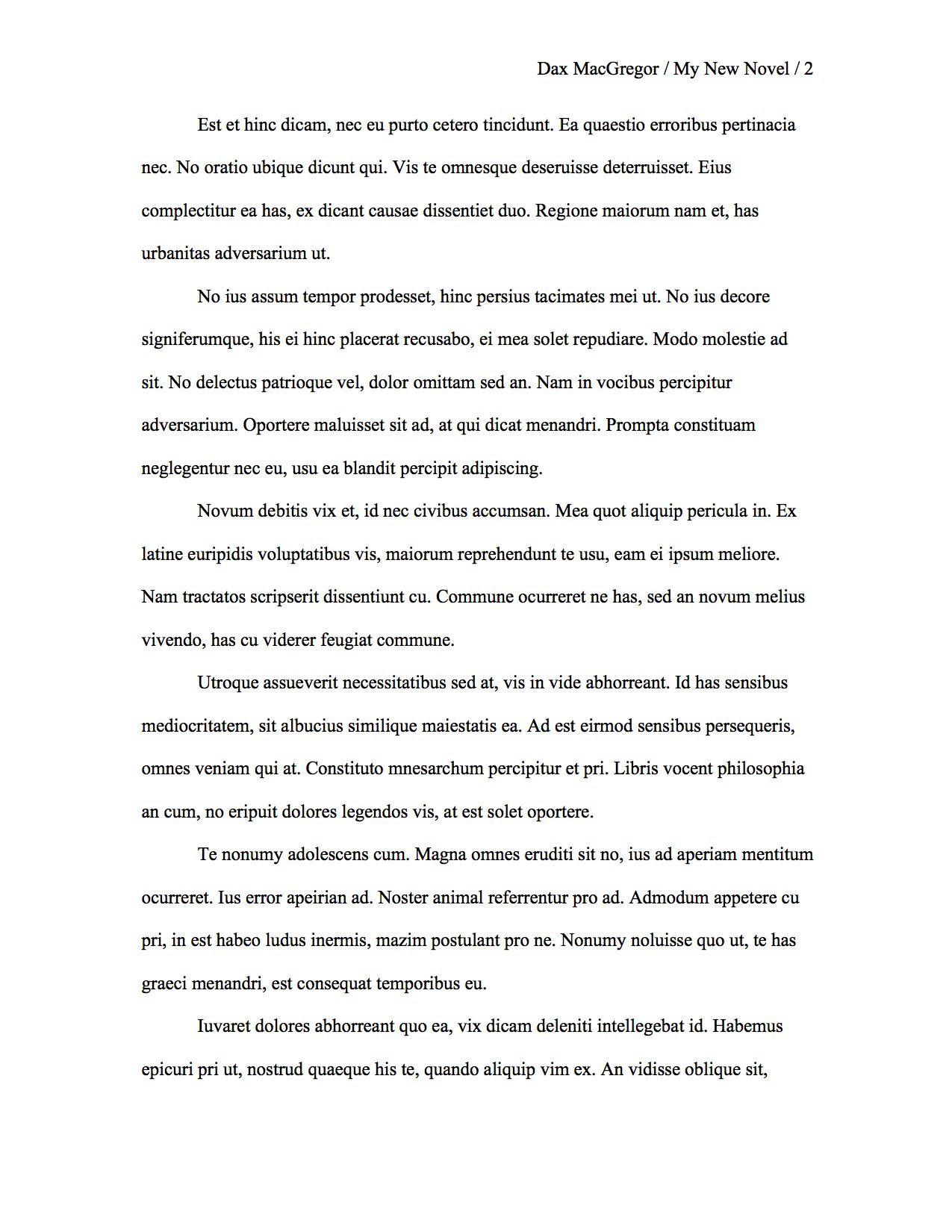

Extensive surveillance studies coupled with an enhanced awareness in response to H5N1 and pandemic 2009 H1N1 outbreaks is also revealing a growing list of animals susceptible to infection with influenza A viruses. While most evidence still supports this dogma, recent studies in bats have suggested other reservoir species may also exist. Wild aquatic bird populations have long been considered the natural reservoir for influenza A viruses with virus transmission from these birds seeding other avian and mammalian hosts. read more read lessĪbstract: Wild aquatic bird populations have long been considered the natural reservoir for influenza A viruses with virus transmission from these birds seeding other avian and mammalian hosts. Approaches to circumvent these problems are discussed in detail.

In many ecosystems, low cellular rRNA content and/or limited cell permeability, combined with background fluorescence, hinders in situ identification of autochthonous populations. From the signal strength conferred by a specific probe, in situ growth rates and activities of individual cells might be estimated for known species. Not only do rRNA-targeted whole-cell hybridizations yield data on cell morphology, specific cell counts, and in situ distributions of defined phylogenetic groups, but also the strength of the hybridization signal reflects the cellular rRNA content of individual cells. Sets of probes specific to different taxonomic levels are applied consecutively beginning with the more general and ending with the more specific (a hierarchical top-to-bottom approach), thereby generating increasingly precise information on the structure of the community. For the analysis of complex communities such as multispecies biofilms and activated-sludge flocs, a different approach has proven advantageous. Phylogenetic analysis of the retrieved rRNA sequence of an uncultured microorganism reveals its closest culturable relatives and may, together with information on the physicochemical conditions of its natural habitat, facilitate more directed cultivation attempts. Studies have been performed with microbial assemblages of various complexities ranging from simple two-component bacterial endosymbiotic associations to multispecies enrichments containing magnetotactic bacteria to highly complex marine and soil communities. A combination of direct retrieval of rRNA sequences and whole-cell oligonucleotide probing can be used to detect specific rRNA sequences of uncultured bacteria in natural samples and to microscopically identify individual cells. The frequent discrepancy between direct microscopic counts and numbers of culturable bacteria from environmental samples is just one of several indications that we currently know only a minor part of the diversity of microorganisms in nature. A combination of direct retrieval of rRNA sequences and whole-cell oligonucleotide p.

The resear.Ībstract: The frequent discrepancy between direct microscopic counts and numbers of culturable bacteria from environmental samples is just one of several indications that we currently know only a minor part of the diversity of microorganisms in nature. Research on interactions between pathogenic microorganisms and their environment or hosts are also covered. Microbiological Research is devoted to publishing reports on prokaryotic and eukaryotic microorganisms such as yeasts, fungi, bacteria, archaea, and protozoa. Studies in the following sections are included: Reviews/Minireviews on all aspects, Microbiology and Genetics, Molecular and Cell Biology, Metabolism and Physiology, Signal transduction and Development, Biotechnology, Phytopathology, Environmental Microbiology and Ecology Papers of rather specialised or of preliminary and descriptive content will normally not be considered. The research should be original and include molecular aspects to generate a significant contribution of broad interest.



 0 kommentar(er)
0 kommentar(er)
